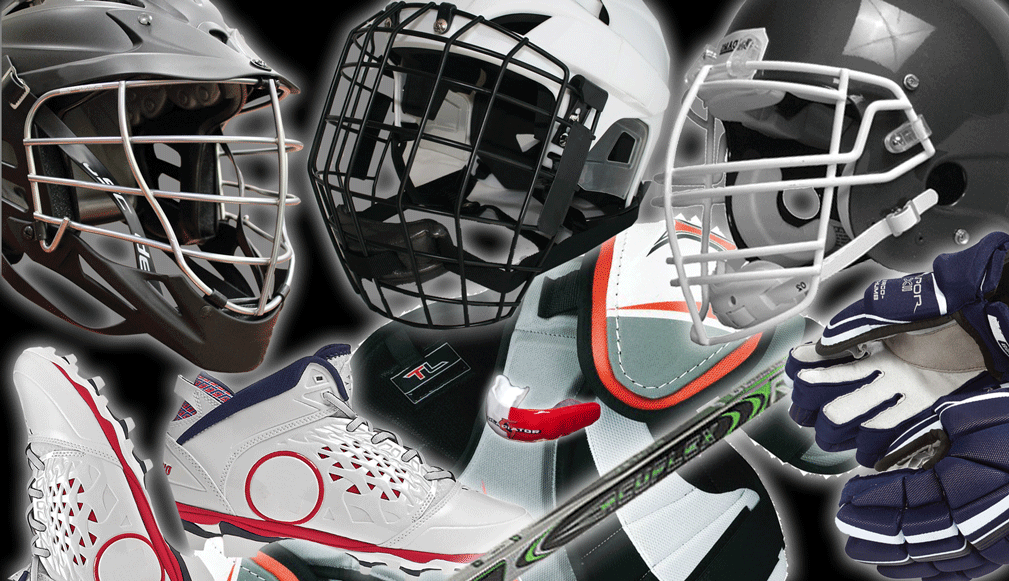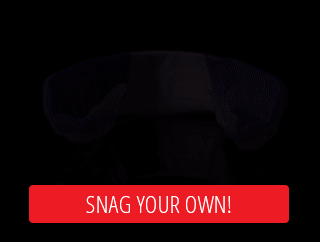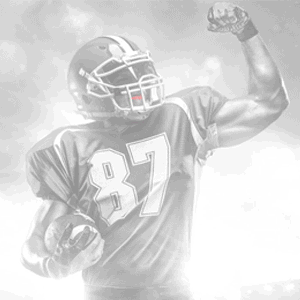Athletic Equipment: 3 Keys To Purchasing Gear For Your Team

As an athletic trainer or team coach, you only have so much in your budget to use on athletic equipment, and you have numerous players to outfit. But while the costs add up quickly, price tags shouldn’t be your only concern.
Sure, spending $120 here for a pair of shoulder pads and $80 there on a new pair of cleats may be daunting, but do you know what you’re actually getting? And even more important, are you sure your players are going to wear the equipment you bought for them?
Costs aside, it’s essential to make sure you’re getting the most protective and comfortable gear as well. Here are three keys to help you make sure you’re getting the right bang for your buck:
1. The Price Is Right … Right?
When pricing athletic equipment for your team, how long do you spend debating generic pieces of gear versus pricier high-quality equipment? Probably not long, especially for less visible items, like pads and mouthguards. After all, each athlete requires nearly a dozen pieces of sports equipment and you need to purchase them for every member of your squad.
But being conscious of price doesn’t always mean buying the most expensive option versus the cheapest. In fact, the most expensive isn’t always the best, and the cheapest isn’t always the worst. When it comes to pricing team gear, you must first take into account the level of athlete you’re purchasing for.
Sure, high-quality gear like helmets are expensive, but you know you’re getting bang for your buck because helmets remain effective and reusable for years. For athletes at the higher levels, a superior piece of equipment is well worth the cost. But, what if you’re purchasing gear for beginner-level youth athletes? It doesn’t make sense to spend high-end money for equipment that won’t fit one season later or get high-end gear that might not be needed for a beginner-level. Make sure to buy the appropriate level gear for the appropriate level player.
Take mouthguards for example: there’s a reason generic boil-and-bite mouthguards are so inexpensive: they’re chunks of rubber that are chewed through and turned unrecognizable almost instantly. Players leave them on the field, in their lockers or simply choose to not use them at all because they look disgusting and make it hard to breathe and speak. Meanwhile, high-quality custom mouthguards, which are designed to perfectly fit each athlete’s individual mouth structure, outlast boil-and-bite mouthguards 5-to-1.
2. Protect Against The Wrong Protection
The most important reason to purchase athletic equipment is clear: protection. But not all protective equipment is created equally.
In order to provide the proper protection, it’s important to do your research and know exactly what standards your equipment should meet. Let’s stick with the mouthguard example: a mouthguard must be designed with the right amount of material in the important impact zones — across the front of the teeth and along the bottom of the molars. Those impact zones are where mouthguards absorb any frontal impact that could cause an injury, as well as any collision between the upper and lower jaw, which may cause TMJ injuries, jaw fractures and jaw dislocations.
Of course, there is such a thing as being over-protected. For mouthguards, when there’s too much bulkiness to the mouthguard, they become uncomfortable and less effective. Extra bulk beyond the proper thickness for protection is unnecessary and will become distracting, taking your players off their game.
At the other end of the spectrum, mouthguards that are too thin and not protective enough leave your athletes susceptible to injuries. So you must find a happy medium everyone is comfortable with. Speaking of comfort…
3. Comfort Is King
Think of the last time you had an annoying tag in your shirt. It probably drove you crazy, making it hard to even concentrate on simple tasks. That’s because it’s difficult to take your mind off of something that’s physically making you uncomfortable.
Now imagine what your players are going through when a piece of their athletic equipment doesn’t fit properly or keeps moving out of place. That has the ability to distract them badly and truly inhibit their performance.
Your players should be thinking about their game plan and responsibilities, not constantly re-tying their shoes or fidgeting with a mouthguard that’s uncomfortably floating around their mouth after every play. Your team’s gear should complement your players and elevate their game, not bring them down.
Of course, each player is different; what some find comfortable, others may not. A good rule of thumb is to find equipment you’re comfortable with and start from there.
Remember: when it comes to athletes playing their best, comfort is king.




 As an athletic trainer or team coach, you only have so much in your budget to use on athletic equipment, and you have numerous players to outfit. But while the costs add up quickly, price tags shouldn’t be your only concern.
As an athletic trainer or team coach, you only have so much in your budget to use on athletic equipment, and you have numerous players to outfit. But while the costs add up quickly, price tags shouldn’t be your only concern.

